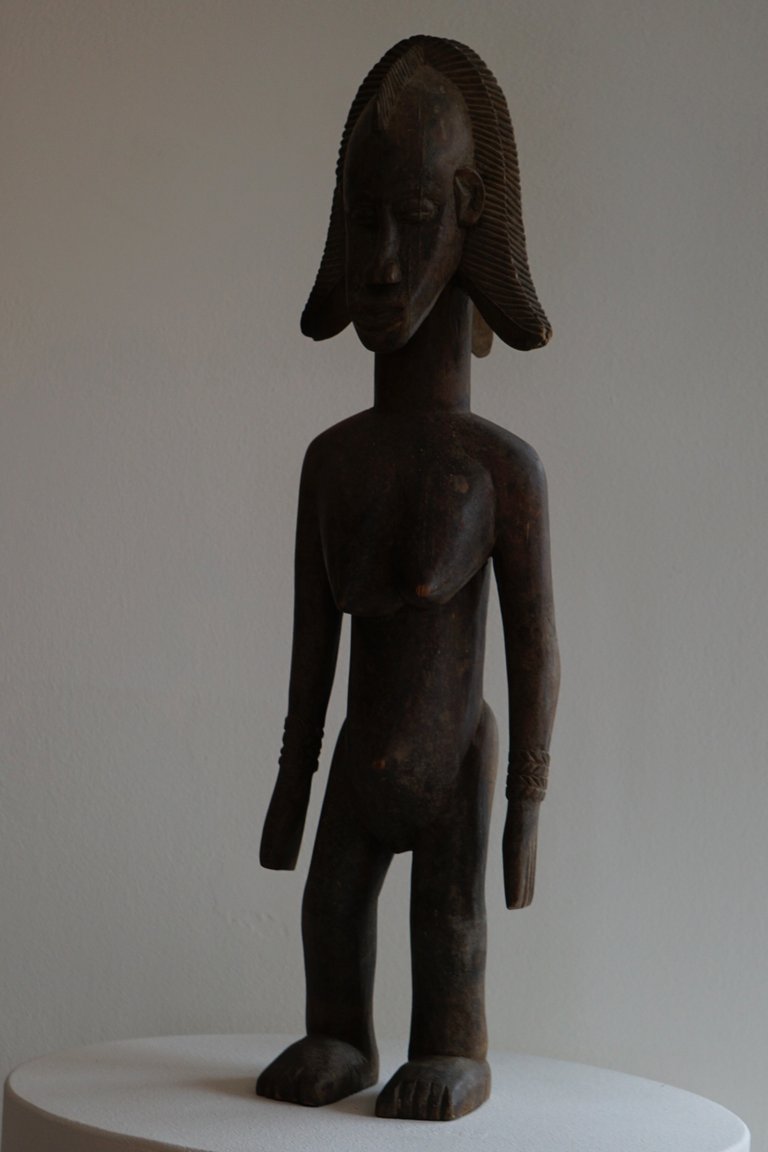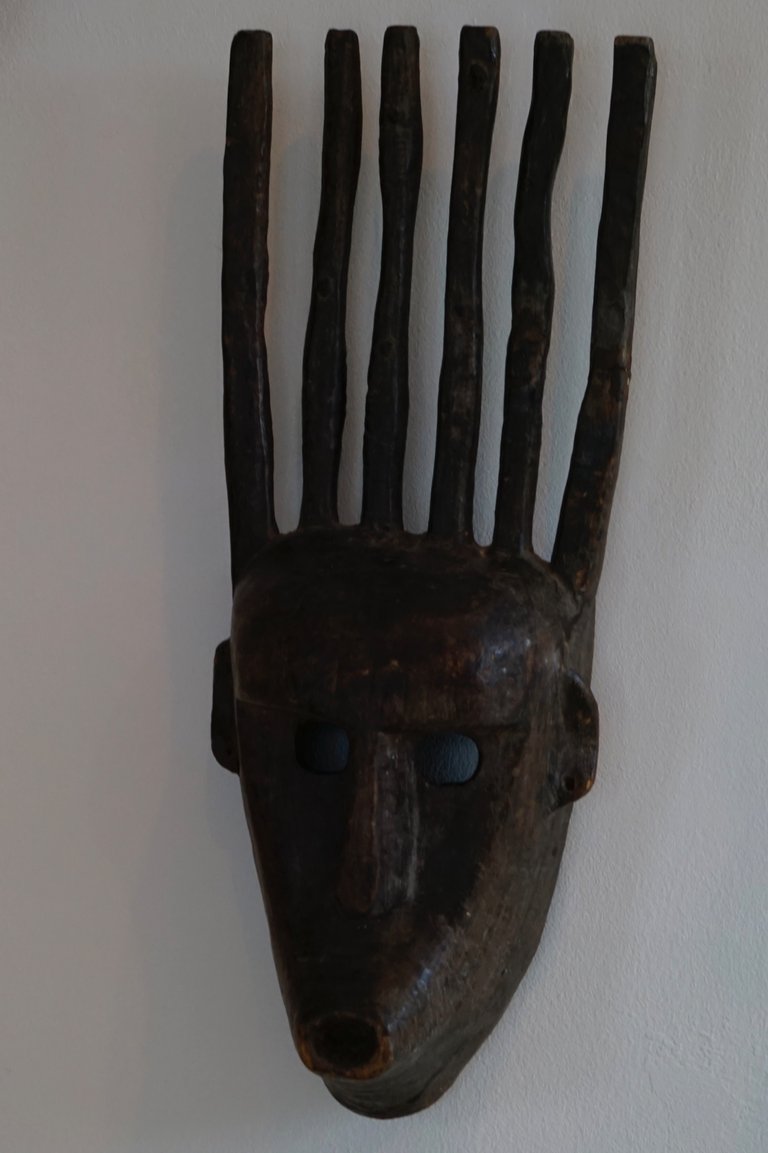History of the Bambara in Mali
Hey dear community, first of all I hope that you are all doing well and you had a that was full of interesting experiences! Today I would like to talk about African culture and hope you are able to expand your knowledge.
You can see here a sculpture and a mask that is connected to the Bambara, which is a ethnic group that live in the southeastern part of Mali and there together with the Dogon one of the most powerful groups, which is reflected in the high percentage approach of the population. One of the most important sources of livelihood is agriculture and its mythology is also closely linked to fertility and the focus is on numerous ceremonies that are celebrated to ensure a better harvest. Art also has a high priority and especially the processing of wood is one of the most formative art forms there and especially their carvings have gained a good reputation worldwide and the origins can already be traced back to the 17th century and one of the most important figures was the African ruler Kaladian Coulibaly who had created one of the largest Bambara kingdoms. When it comes to faith, the people are relatively divided and during the 18th century, especially in rural areas, some Bambara have converted to Islam and have been shaped by some Arab influences and the conversion to Islam was then an important prerequisite for setting foot in the trade of raw materials. Although there was some division at this time, this wave of Islamisation left most Bambara cold and about one century later it came to the fact that some parts of the population split and accepted other religions in addition to Islam and this could probably be attributed to the growing spread of the French troops and to this day the Bambara are considered multi-religious people that has divided into numerous different religious groups. Even when it comes to the language, it is relatively divided and there are numerous different dialects that have emerged and to date almost 3 million people belong to the Bambara and the people are considered relatively adaptable and open when it comes to modernization. Similar to other cultures, a large part of the culture revolves around wisdom or spiritual development and from a traditional point of view, numerous dances are celebrated in which masks are worn and the goal of these ceremonies is to connect with the higher things.
Thanks a lot for stopping by and I hope you could learn something new about culture! I captured these pictures with my Camera Sony Alpha 6000 plus 55-210 mm lens.


So much history attached to this symbol
Thanks for the feedback :)
https://twitter.com/adenijiadeshin7/status/1770406985730490718?t=rOXq3l7XJoRGyODIcR3Jpw&s=19
Historic background of Africa is interesting to know
Happy that you like my post
I guess this particular stuff is not that popular all around the world
No :)
https://twitter.com/WayShola84156/status/1770554367877255331?t=tHz2rNlIOfptckq_xuZ0Kg&s=19
https://twitter.com/lee19389/status/1770617504487846006
#hive #posh